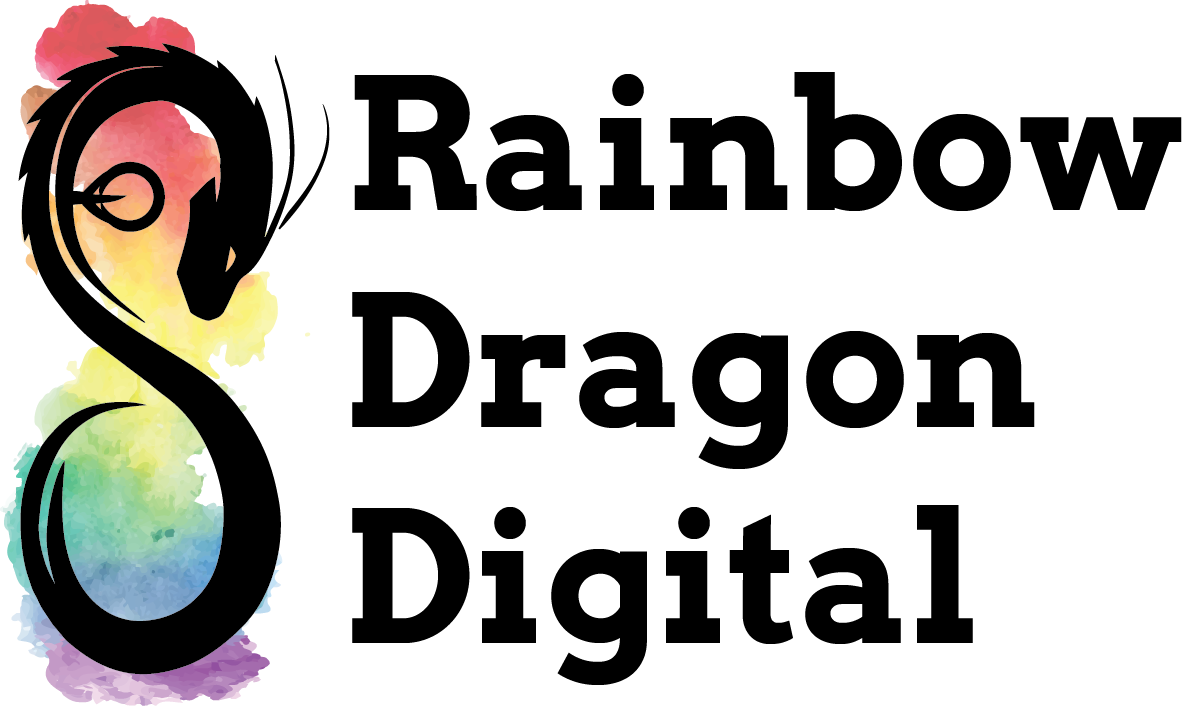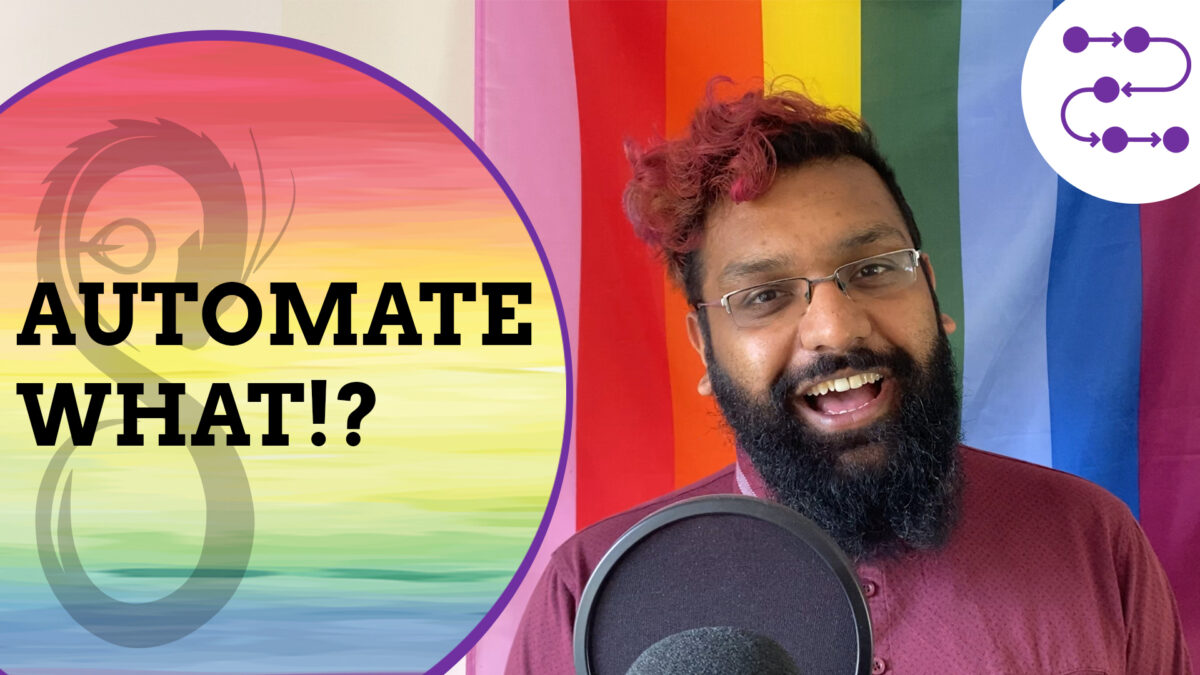In one of my mentoring sessions, one of the major goals they wanted to achieve was to figure out where and how to automate their marketing and sales processes.
This stimulated a discussion that I later realised should definitely be something I share in a video!
Doing something that’s changing the world and would you like to have a chat with me about it? Click here and fill out the form!
Don’t like videos? Here’s the text version:
When is it the right time to automate?
In this article, we’re going to talk about the process that you should go through in order to decide what to automate and how.
If you haven’t subscribed to my YouTube channel already please do it’ll help me with my YouTube functionality and if you press the bell then you can be notified when I release new videos.
Wasted Time on Sales & Marketing – What Do We Automate?
The reason I wanted to do this video today was because one of the businesses that I’m mentoring was thinking that they really want to automate loads of processes and start freeing up a lot of their time that is being wasted in managing their sales team and managing the marketing leads and stuff like that.
They thought that automating is definitely the way forward in making sure that they can start working on their business instead of just getting caught up in the day-to-day.
Now the problem was though they weren’t really clear on what they needed to automate. And that was, I guess, the big question is like, “What do I automate?” So, before you can start automating anything you need to know what are your processes.
Flowchart Your Processes Before Your Automate
The way to go about figuring out what are your processes is, honestly, pen and paper. To me it’s this is the easiest way to do it is that you get a piece of pen and paper and you start drawing out a flow chart.
What I mean by a flow chart is you draw a little box and you write what’s happening in that box. You draw an arrow that says for this situation go here for that situation go there.
There’s obviously flowcharting rules and you can google about flowcharting rules and if you want to follow those rules properly you can do that. It’s good in terms of if you need to communicate it to other people, maybe to get an automation expert to help you, might want to follow flowchart rules.
However, if you’re just trying to do this for your own internal sense to get an understanding of your process just do what makes sense to you. Write down on the piece of paper what makes sense to you. Map out how everything works. Where are all of the moving parts? When a lead comes in, who is the first person to do any action on that lead? What do they need to activate? What do they need to email? What do they need to call? What questions are they asking? Write down everything that you can think of.
Figure Out The Most Common Path
But this can start to get overwhelming especially when your systems might be really complex depending on what the customer needs. This example of the business that I was mentoring, they’re providing psychological services to people through an app and so it obviously gets quite complex once you start digging out into what that customer needs once the lead comes in.
So, how do you figure out a flow chart when every single individual question creates a whole new path?
The key here is a saying that my old boss used to say Shweta Jhajharia she always used to say systemise the rule and humanise the exception. And what this means is, think about the most common path.
What is it that almost every single one of your customers do? And there will be a common path that most of your customers go through. Design your automation based on that most common path.
And then have an escape function. As soon as something happens that means they have to divert from the common path, then you start humanising. You get someone involved that will require that extra level of expertise.
Then once you’ve got this path defined you can then see how much of that can be automated.
Automation Doesn’t Have to Be Machine-Done
Automation doesn’t just mean getting a computer to do it. Automation can also mean creating a process that means a human can follow that process without much thought.
And that could be you, that could be a team member, that could be an outsourced person who you don’t really have to think about too much you just send it off to them and they do it.
When you’ve got a system in place, you don’t have to do any training, you don’t have to do any checking and updates. You’ve got a process it’s systemised. That is a form of automation.
Now, obviously, automation is very complex and there are lots of ways to do it lots of software to use if you want to have a discussion about it at any point you absolutely can message me let me know what you’re doing and I will be happy to help you as long as i have the time to do it.

